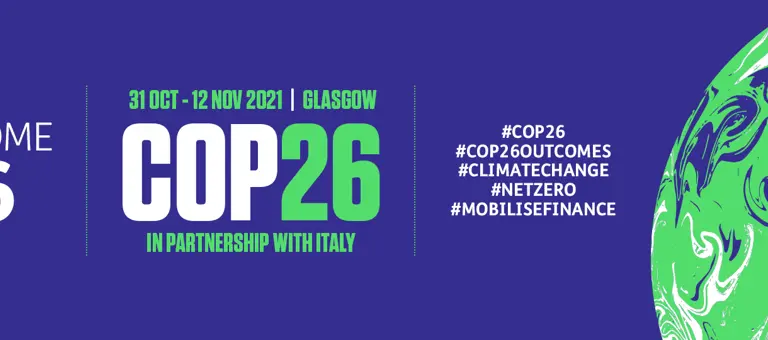
COP26 Outcomes #6: Integrity of change (Greenwashing)
26 October 2021
Sustainability-linked finance has a transparency problem
Inconsistency and a lack of transparency in sustainable finance raises concerns that the practice is open to widespread abuse. As the market for sustainable finance grows rapidly, sustainable loans reached a record $448bn at the end of the third quarter. Baringa’s analysis suggests that up to half of these loans could be open to ‘greenwashing’.
To what extent, therefore, is sustainable finance really driving the change that its name implies? To answer this question, we reviewed a sample of Sustainability-Linked Loans (SLLs) from a diversified pool of large, multi-region corporate borrowers totalling circa $35 billion.
What is sustainable finance?
The European Commission describes sustainable finance as the process of taking due account of environmental and social considerations when making investment decisions, leading to increased investment in longer-term sustainable activities. The purpose is to encourage capital allocation to sustainable companies and projects that hit the sweet spot of being environmentally, socially and financially sustainable.
SLLs are a subset of sustainable finance and are designed to assist “borrowers’ achievement of ambitious, pre-determined, sustainability performance objectives” (LMA) - funds need not be for a specific project, so long as they contribute towards a sustainability target. ‘Performance’ criteria outline how these targets can be measured, either by way of ESG ratings or specifically agreed targets (SBTs and KPIs).
There are no commonly accepted standards around SLLs and their target measurement, although the LMA has created a set of principles, which some fear leaves the system open to ‘greenwashing’. The EU has attempted to remedy this through its recently adopted Taxonomy Regulation that classifies environmentally sustainable activities, as well as through its Sustainable Finance Disclosure Regulation.
Sustainability plans are still lacking
Using public information, not a single loan in our sample could be shown to adhere to LMA principles and nor have a credible climate transition plan. When reducing the requirement to information that is most likely to be publicly stated (calibration of targets and verification of performance), combined with climate-plan data, only about half met the criteria. While our analysis of SLL borrowers was constrained by a lack of publicly disclosed information, what banks and borrowers choose to disclose is revealing:
- A fifth of SLLs assessed were to firms with no publicly stated sustainable targets associated with the loan. Only a further fifth had both environmental and social targets aligned to the lending, being deemed truly sustainability, and not just environmental.
- Only half of the SLLs revealed how the targets set would be measured or externally validated.
- 80% of companies had NOT set Scope 3 targets to reduce indirect emissions (often within the supply chain). This implies sustainability-linked borrowers aren’t even trying to support net zero goals.
- A significant minority did not have a publicly stated climate transition plan, yet were still benefiting from preferential pricing on the basis of lending designed to support climate transition.
- Additionally, 40% of companies did not disclose how often their boards discussed climate risk, and a further 30% were not incentivising their management towards climate objectives.
Cause for concern
While there is clearly some positive action, our analysis reveals some systemic shortcomings in current practices around sustainable finance. Notably, a general lack of tracking metrics (less than half have KPIs, about 80% have published targets) prompts the question as to how finance providers are able to determine whether a loan qualifies as an SLL. Also concerning is that around half of sustainability-link borrowers report no external verification of their transition plans.
There are also significant gaps with publicly available information around targets, reporting and verification processes. These failures open the door to criticisms that the practice is open to widespread abuse and ‘greenwashing’. Put another way, up to half of sustainability-linked loans could be ‘greenwashed’. Even among those who met our criteria, due to a lack of consistent information, it is impossible to provide any hard evidence for the impact of such financing initiatives.
This area of the market would benefit from more regulatory guidance and, in the interim, the onus is on companies and lenders to be more transparent about what loans seek to achieve, how they measure those achievements and the plan to get there.
Follow Baringa Partners on LinkedIn for more updates and thoughts on the run up to the COP26 conference and our obseravations and take-aways during the event itself.
More from the series
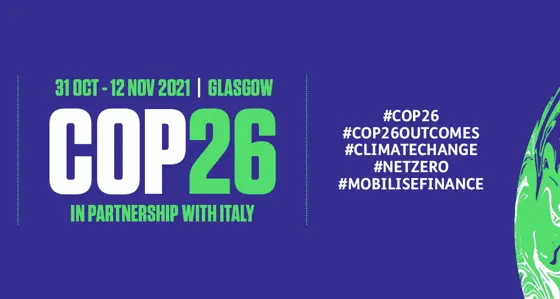
COP26 Outcomes #1: From strategy to action
COP26’s legacy will be seen in whether it has long-lasting impact on our journey to net zero. It must be a turning point where strategy becomes delivery.
Read more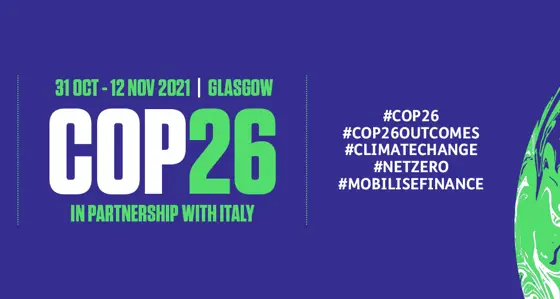
COP26 Outcomes #10: Post COP legacy
Glasgow’s legacy will be seen in how the conversation on our journey to net zero changes. Is this the point at which the major nations get serious?
Read more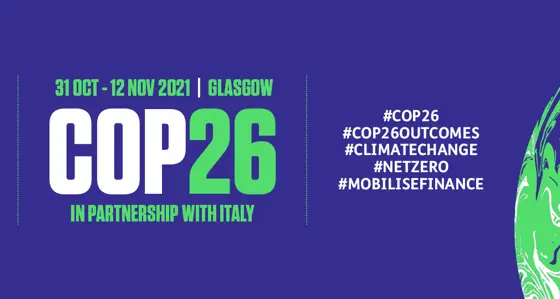
COP26 Outcomes #9: Unblocking investment
The scale and pace of investment needed over the next 30 years to meet net zero commitments will test conventional thinking on infrastructure investment
Read more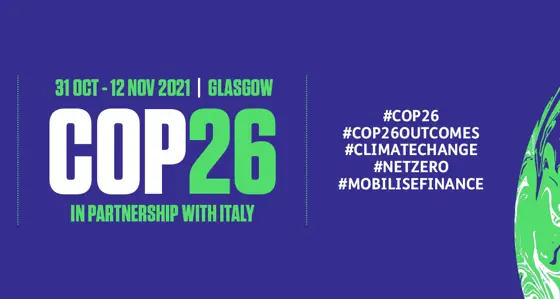
COP26 Outcomes #7: Global systems thinking
The low carbon energy systems of the future will become increasingly interconnected
Read moreIs digital and AI delivering what your business needs?
Digital and AI can solve your toughest challenges and elevate your business performance. But success isn’t always straightforward. Where can you unlock opportunity? And what does it take to set the foundation for lasting success?